MIT researchers develop material that tightens in cold weather to keep in warmth
A group of researchers at MIT has created a new material that expands and contracts when exposed to different temperatures.
The Active Auxetic material, developed at MIT's Self-Assembly Lab, shares some of the same properties as typical auxetic surfaces, which expand or shrink in all directions when stretched or compressed. A normal material only thins in the direction it is pulled.
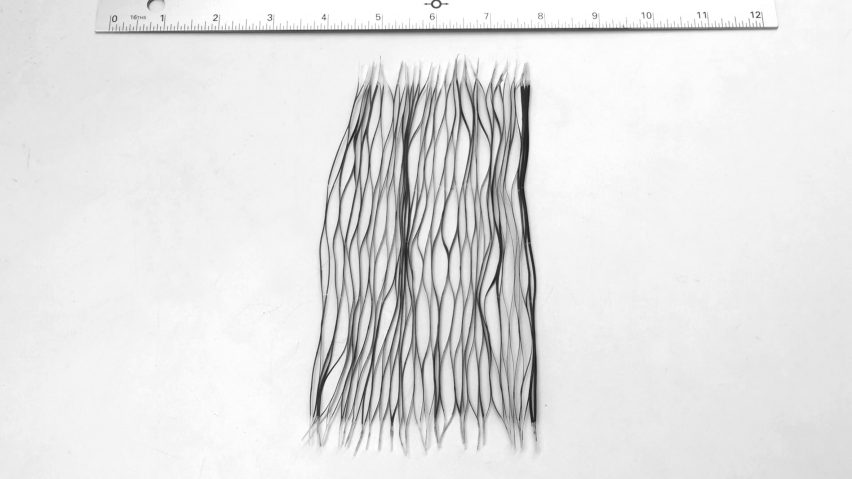
However, the group of researchers – made up of Athina Papadopoulou, Hannah Lienhard, Jared Laucks and Skylar Tibbits – has taken this technology further by making the material temperature-responsive.
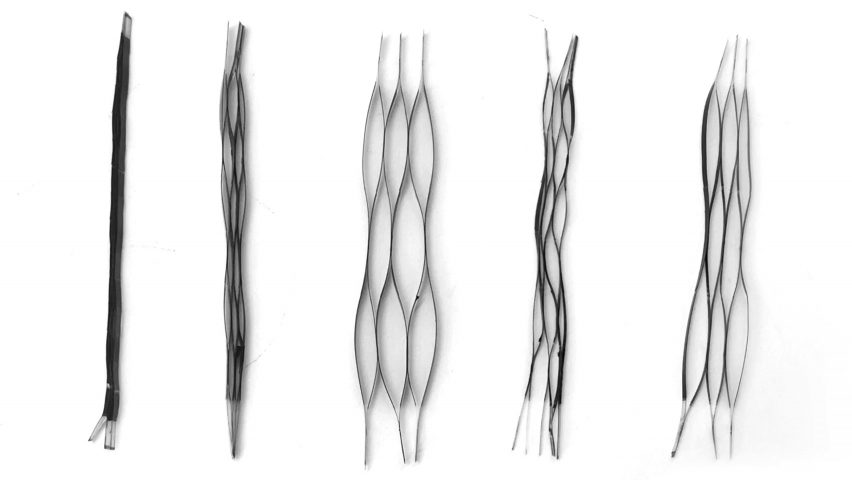
The material does not require human action to activate, but instead responds to a stimulus automatically.
"Compared to traditional auxetic materials, heat-active auxetic materials demonstrate autonomous performance, environmental response, easy customisation and greater possibilities for the design and fabrication of material properties," Tibbits told Dezeen.
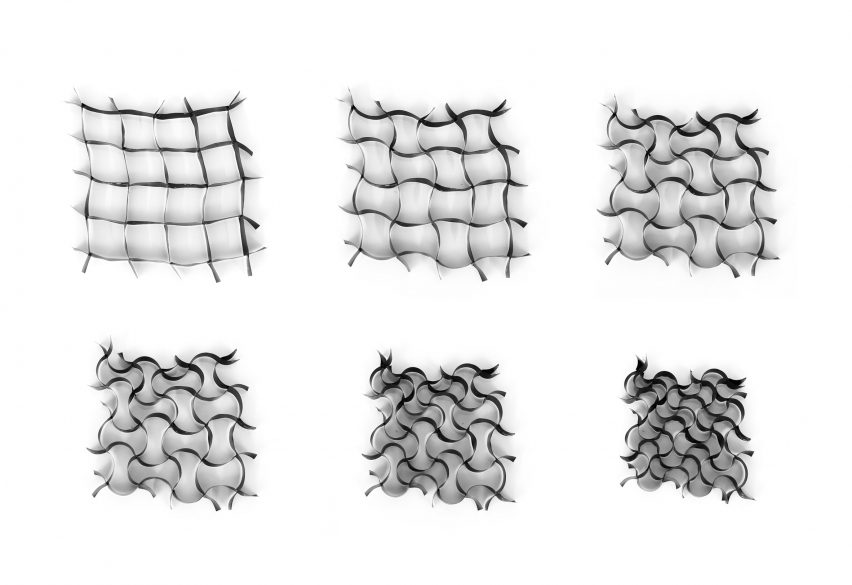
The team particularly envisage the material being used in fashion design, where it would act as a second skin – tightening in cold weather to keep warmth inside, and loosening up in hot weather to let the air in.
"There's a legacy of active materials in fashion," Tibbits told The Creators Project. "You can look at Hussein Chalayan, Issey Miyake, or Suzanne Lee where there are new materials that grow, transform, adapt, fold, self-fold. This would fit well within that."
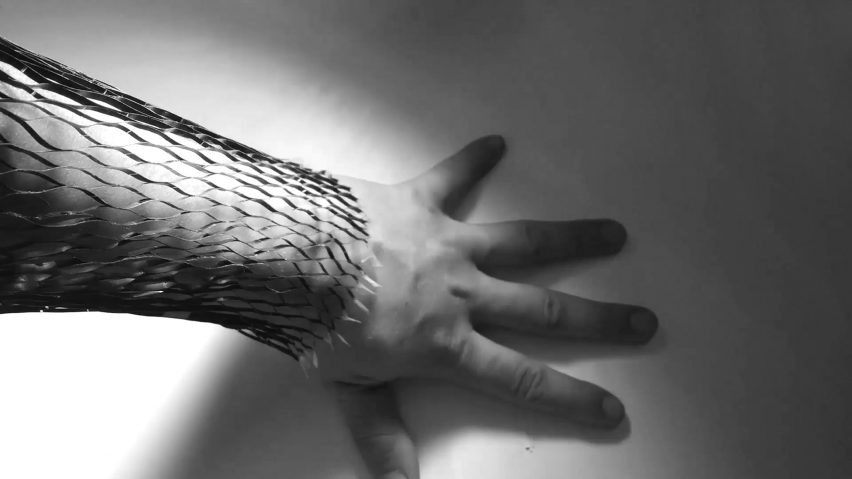
"Imagine if these materials could be designed to transform autonomously based on temperature, moisture or light with unique stretch or compression properties that are unheard of in today's traditional materials."
The material is similar to the "Bio-Skin" also designed by a team from MIT's Media Lab, who used bacteria to create a fabric that peels back in reaction to sweat and humidity.
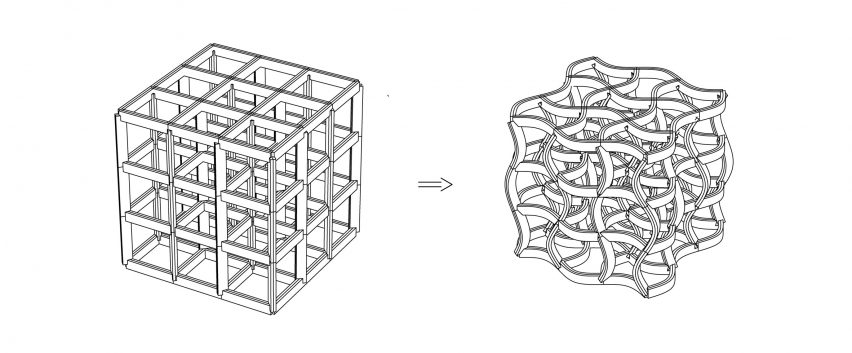
The Self-Assembly Lab is a cross-disciplinary research group that is led by Tibbits and Laucks. It explores and creates new technologies and processes related to construction, manufacturing, product assembly and performance.
Previously, the group created a towering architectural structure, built by a robotic arm using nothing but gravel and thread.